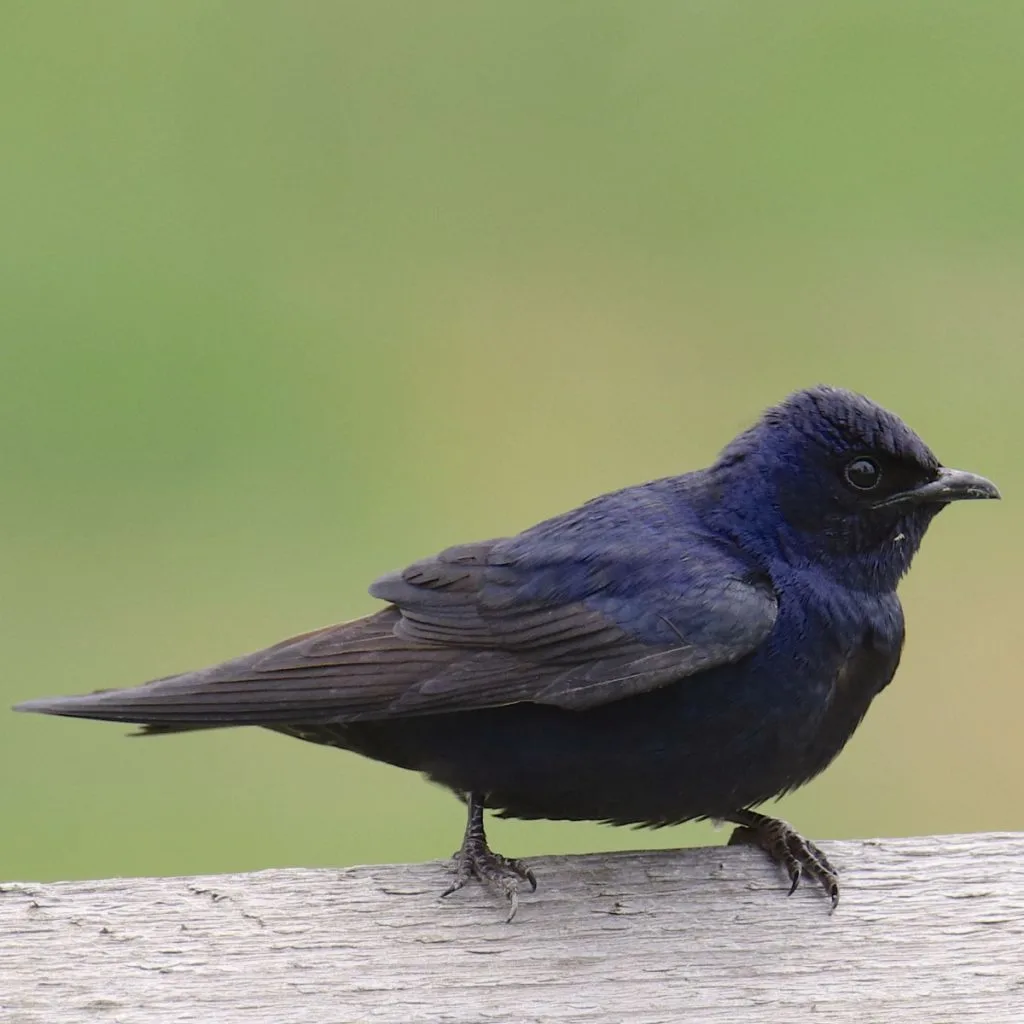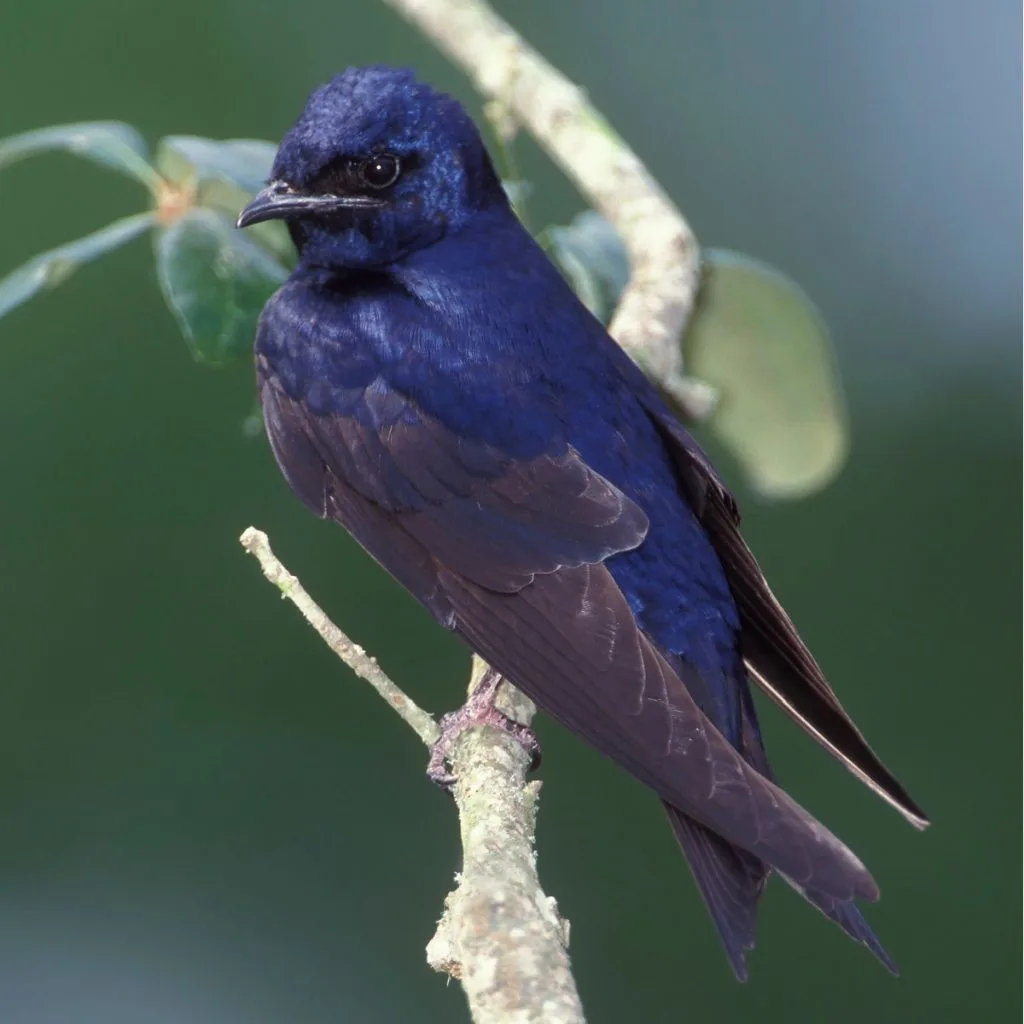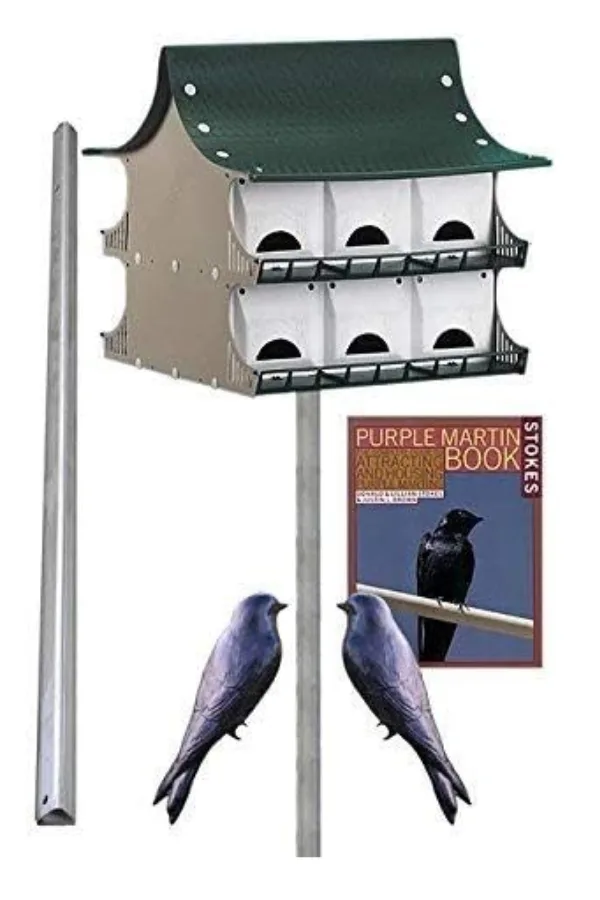Did you know that one of the best ways to eliminate a long list of garden pests is to simply get purple martins to visit it on a regular basis?
Purple martins are among nature’s best insect eating machines. Not only do they consume beetles, moths, horseflies and wasps – they do so in astounding numbers. In fact, they can consume a thousand or more insects each and every day!
In addition to devouring many pests that bring harm to flowerbeds and gardens, purple martins also eat a fair amount of mosquitoes as well. But as incredible as purple martins are to have around, they have been in decline in recent years. It is thought that widespread use of pesticides is a leading factor. As are the ever dwindling habitat areas where they can create their nests and call home. But there is hope!

The good news is that by simply providing these incredible birds with a safe and inviting space, you can not only get them to take up residence in your yard – but keep them coming back year after year.
The Secret To Getting Purple Martins To Visit Your Garden
One thing is for sure, getting purple martins to your yard is a bit different from getting other birds to come calling. Unlike when attempting to attract other types of birds such as cardinals, blue jays and bluebirds, simply filling your bird feeder with food will not have purple martins flocking to your backyard.
When it comes to getting a meal, they actually prefer fresh insects to seeds and feed. It’s not that they won’t occasionally snack on a few mealworms on a feeder, but for the most part, they want fresh insects for dinner.
Although it’s hard to entice purple martins with a supply of food, they are very fond of finding a great place to nest and rear their young. And it is by supplying them with the right type of shelter at just the right time – you can find success!
Creating A Home For Purple Martins Near Your Garden
As with their food choices, martins are also a bit more picky than other birds when it comes to where they will live.
Martins are community nesters by nature. They enjoy living in larger groups than most other bird species. Because of that, when providing them a future home, it needs to be spacious enough for more than just a couple of birds.

For best results, it’s best to start with a home that has at least four to six individual nesting spaces. Having more (6 to 18) is even better as it will allow the martins to readily expand. Just as important is to have the house up high and out in the open.
Martins like to have easy flight paths to and from their homes. Because of that, it’s vital to place their homes out from buildings and obstacles. As noted earlier, in addition, their homes need to be high off the ground. This is to both help with protection and to help them soar directly upward, where they enjoy feeding at higher altitudes.
It’s best to keep houses on long poles or posts at least 12 to 18 feet or more in height. The good news is that many martin house kits offer telescoping poles for easy mounting and placement.
Get Your Houses Up Early
Timing is everything when putting up a martin house. In fact, when you put up a martin house is just as critical as having the right type of structure. As a migratory bird, the first of the martins usually come calling in late winter to early spring.
Because of that, potential homes have to be put up early enough for the first scouts that are looking for homes to find them. For most areas, that means putting up structures anywhere from late March to Early May, depending on where you live.

You can find a wide selection of housing options, from martin motels to gourd houses. There is a lot of debate on which is better for attracting martins – a martin house or a martin gourd. The fact is that they are both great at housing purple martins as long as they meet their requirements. Affiliate Link: S&K 12 Room Martin House Package
Specific Requirements
It is generally thought that martins prefer white houses. This is most likely because white reflects heat and keeps their home cooler in the summer. They also need to have a hole for entering and exiting that is not too big or small. The best size for an opening is 2-1/8th inches, however slightly larger or smaller holes will work.
Last but not least, the size of the home matters. Each individual chamber or room needs to be at least 6 inches wide, high and deep. This allows enough room for their young to hatch and co-exist. Avoid anything too much larger as it can be too spacious and make martins feel more vulnerable. That, in turn, will make them less likely to choose the home site.
Keeping Your Martin House Clean
Even though you need to place the houses high, you will need to make sure you can reach the nests to get them down occasionally. This is to both be able to clean and service them – and remove nesting materials from other birds that might try to use them.

Sparrows and starlings are two bird species that will often try to take over martin houses. It is important to remove their nesting material to keep them from driving out the martins. In addition, you will need to take down or cover the houses after late September.
By this time, the purple martins have migrated south. Leaving them up is only an invitation to allow other birds species to take over, and keeping the martins from coming back in the spring.
Here is to getting purple martins to take up residence and visit your garden on a regular basis this year – and to less insect problems too! For more on attracting birds, check out our article: How To Attract Orioles To Your Yard This Spring.
This Is My Garden
Follow Our Facebook Page For Great Gardening Tips And Advice! This Is My Garden Facebook Page
This Is My Garden is a garden website created by gardeners, for gardeners. Jim and Mary Competti have been writing gardening, DIY and recipe articles and books and speaking for over 15 years from their 46 acre Ohio farm. They publish three articles every week, 52 weeks a year. Sign up today to follow via email, or follow along!
